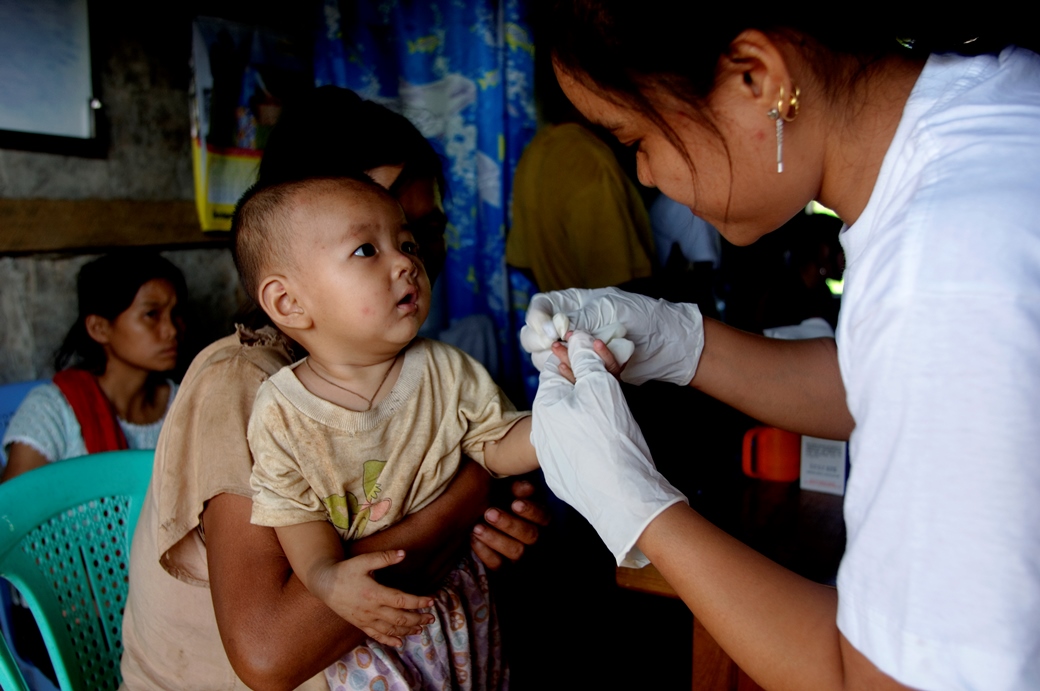The malarial killer parasite, Plasmodium Falciparum, gets into the human body when an infected anopheles mosquito sucks blood.
The symptoms appear from 9 to 14 days after the bite.
Typical symptoms of malaria are fever, nausea, headache and vomit, as well as symptoms typical of influenza. Children can also suffer from convulsions, serious anaemia and, in the worst cases, neurological complications like blindness or speech defects. Pregnant women are the other subjects most at risk of contagion.
If antimalarial drug treatment is not given the infection can rapidly lead to the death of the infected person.
Malaria can be easily diagnosed with a quick test, the most common being the drawing of a drop of blood from a fingertip. It is a reliable and low cost test, widely used by those organisations which, like Cesvi, are engaged in very remote areas without specialised laboratories.
In spite of research progress, a vaccine against malaria doesn’t exist yet. But malaria is a preventable disease: the spread of knowledge, the use of insecticide impregnated mosquito nets and disinfestation in homes using specific sprays are very effective weapons for fighting it.
The most common pharmacological therapies against malaria are based on composite plants of the genus Artemisia and offer important advantages: low toxicity, few side effects, ease of assumption of the treatment and rapid action against the parasite.
